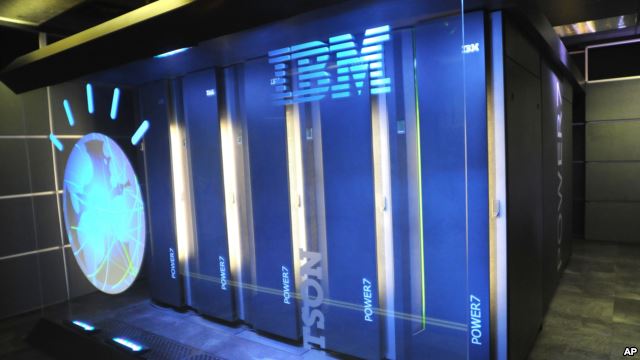David Linthicum| Infoworld
Cloud computing and high performance should go hand in hand. However, I’ve recently seen many cloud deployments with major performance issues. These issues could be easily avoided, given some good forethought and planning.
For the most part, companies that deploy cloud-based systems don’t think much about performance. They are busy with other aspects or benefits of cloud, such as provisioning and elasticity.
To get the best performance, companies moving to cloud computing platforms — whether public or private — should consider these three rules.
Rule 1: The cloud rides on the network, so the network must be able to keep up
Companies that move applications and data to cloud, or perhaps build new systems on cloud-based platforms, often don’t consider the network infrastructure. When relying on systems that are connected via the network, the network is everything. Slow networks mean slow systems and poor performance.
Rule 2: Applications not optimized for cloud-based platforms rarely perform well
Many enterprise IT pros believe they can lift an application from a traditional on-premises platform and place it on a public cloud without a significant amount of redesign, and everything will end up fine. But how can applications not optimized for cloud-based platforms perform optimally on them? They can’t, so you get higher operational costs and substandard performance.
Rule 3: Consider the data
The manner in which the data is linked to the application is very important to cloud computing performance. Data that’s tightly coupled to the application may not be able to take advantage of many performance-enhancing features of public clouds, such as placing database processing in a series of elastic instances or using database as a service in the host public cloud. You should place the data in its own domain to provide alternatives for faster performance, as well as the opportunity to reduce costs.
These three rules are not complex or overreaching. The concepts are based on older, proven architecture principles. In other words, the more things change, the more they stay the same.













